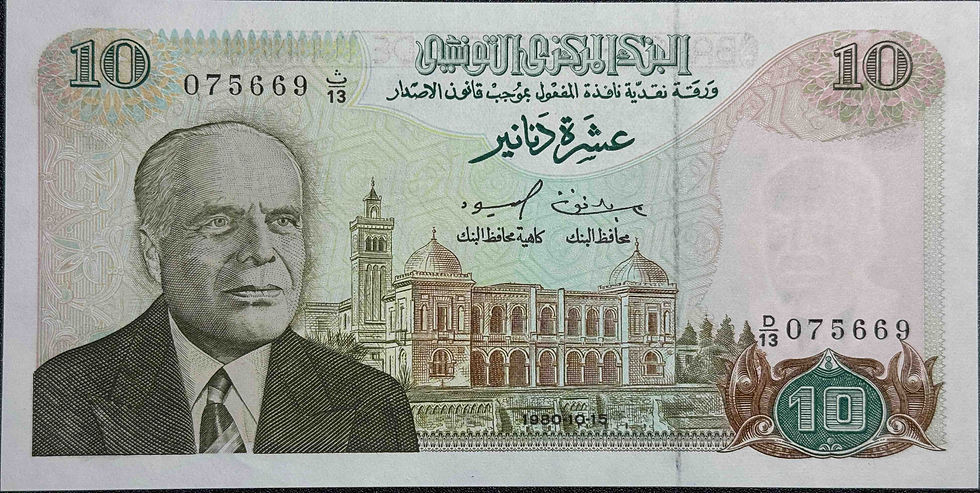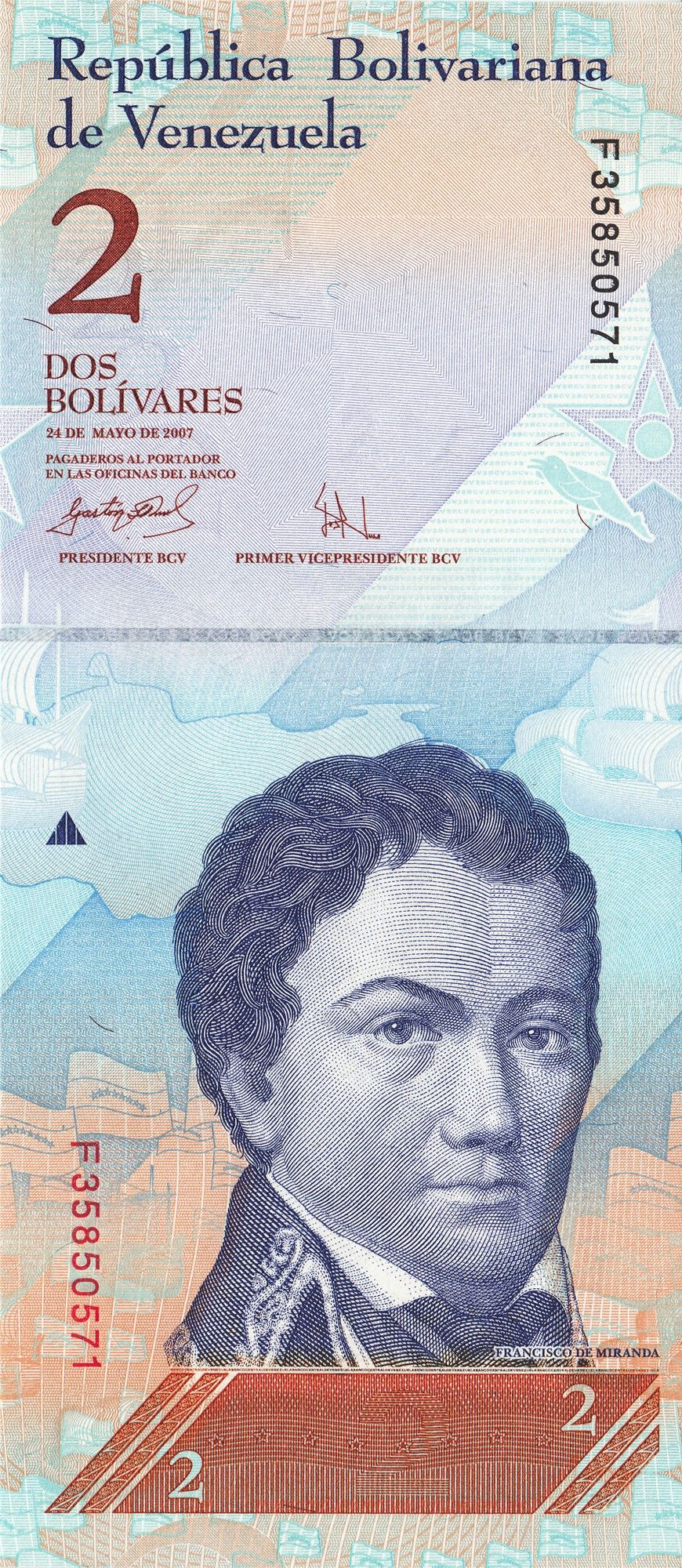Iraqi 50 Dinar Banknote (1994 Issue) Complete Explanation [GoldSilverJapan]
Note: The photos are for illustrative purposes only. The serial numbers on the actual banknotes you receive may differ from those shown in the photos. However, please rest assured that the banknotes you receive will be in the same condition as those shown.
Introduction
Iraqi banknotes are sought after by collectors worldwide as collectible items that strongly reflect the history, culture, and historical background of the Middle East. In particular, the 1994 Iraqi 50 Dinar banknote was an important currency that circulated under the regime of former leader Saddam Hussein, and its design and historical background have generated strong demand among collectors.
This article will provide a thorough explanation of the characteristics, historical context, design details, and collectibility of this 50 dinar banknote. Furthermore, we have optimized the information provided by "GoldSilverJapan" in an SEO-friendly format to provide useful information for banknote collectors and investors.
⸻
basic information
• Country: Republic of Iraq
• Issuing bank: Central Bank of Iraq
• Year of publication: 1414 Hijri calendar (1994)
• Denomination: 50 dinars (50 IQD)
• Material: Paper
• Size: 175 x 80 mm
• Shape: Rectangle
• Demonetization: Already demonetized (discontinued from circulation)
• Catalog number: P#83 / N#209645
Although this banknote has already been abolished as official currency, it remains a valuable item traded on the collector's market due to its historical background.
⸻
Design Features
Surface (Obeverse)
• Center figure: Saddam Hussein (then President of Iraq)
• Background motif:
• Statue of Ur-Nammu (ruler of the ancient Mesopotamian civilization)
• Martyrs Memorial in Baghdad
• Lion of Babylon
The overall design is based on brown and pale green, and features intricate multicolored patterns. By combining a powerful portrait of Saddam with ancient ruins and statues, the composition emphasizes "the history of the nation and the strength of its leaders."
Back (reverse)
• Central motif: Double-deck bridge over the Tigris River in Baghdad (commonly known as the "Jihad Bridge").
• Design intent: Symbolizes modernization and infrastructure development
This bridge is a project that symbolizes "modern construction under the Saddam regime" and also has a significance as state propaganda at the time.
⸻
Historical background
In the early 1990s, Iraq was under economic sanctions following the Gulf War. International isolation and sanctions weakened the economy, causing the value of the Iraqi dinar to plummet. The 1994 50 dinar banknote, issued under these circumstances, symbolizes Iraq's dire economic situation and the authoritarianism of the Saddam Hussein regime.
By including Saddam's portrait on the banknote, the government emphasized the "unity of the nation and its leader," and by featuring the bridge and monument on the back, it aimed to impress upon the people the "strength of the nation." In other words, the banknote played a "propaganda role" beyond mere currency.
⸻
Technical features of the banknote
• Security: The note does not have any advanced anti-counterfeiting technology and does not have a security thread or watermark.
• UV reaction: When exposed to UV light, fluorescent patterns (such as "٥٠") appear in some areas.
• Font: Arabic (front), Latin (back)
For these reasons, although the security level is lower than that of banknotes from other countries, its "simplicity" itself can be said to be a characteristic that speaks to the historical background.
⸻
Collection value
Rarity
This 50 dinar note has been removed from circulation and is no longer valid in modern Iraq, but it remains popular on the collector's market for the following reasons:
1. Portrait of Saddam Hussein
He is now considered a politically taboo figure, and the value of banknotes bearing his portrait has skyrocketed since issuance was discontinued.
2. Historical Background
As a banknote symbolizing the era of sanctions following the Gulf War, it has world-historical value.
3. The allure of demonetisation
The fact that it has been taken out of circulation increases its collectible value as "historical evidence."
market price
It varies greatly depending on the condition (grade).
• Unused (UNC): Approximately several thousand yen to 10,000 yen
• Used (VF-XF): A few hundred to a few thousand yen
In particular, rare serial number combinations (double numbers or lucky numbers) tend to fetch even higher prices on the collector's market.
⸻
Value at GoldSilverJapan
Our website, "GoldSilverJapan," specializes in introducing rare banknotes, gold coins, and silver coins from around the world. This Iraqi 50 dinar banknote is attracting a lot of attention as a symbol of Middle Eastern history and abolished currency.
⸻
summary
The Iraqi 50 dinar banknote issued in 1994
• Symbolic banknotes from the Saddam Hussein regime
• Items that tell the history of the economic sanctions era
• Highly sought-after and rare collectible item
Although it no longer serves as legal tender, this banknote, which retains a strong historical background, is highly valued by collectors and researchers.
GoldSilverJapan provides detailed explanations of these rare banknotes and supports your collecting and investment activities.
top of page
¥500Price
Sales Tax Included
Related Products
bottom of page

















